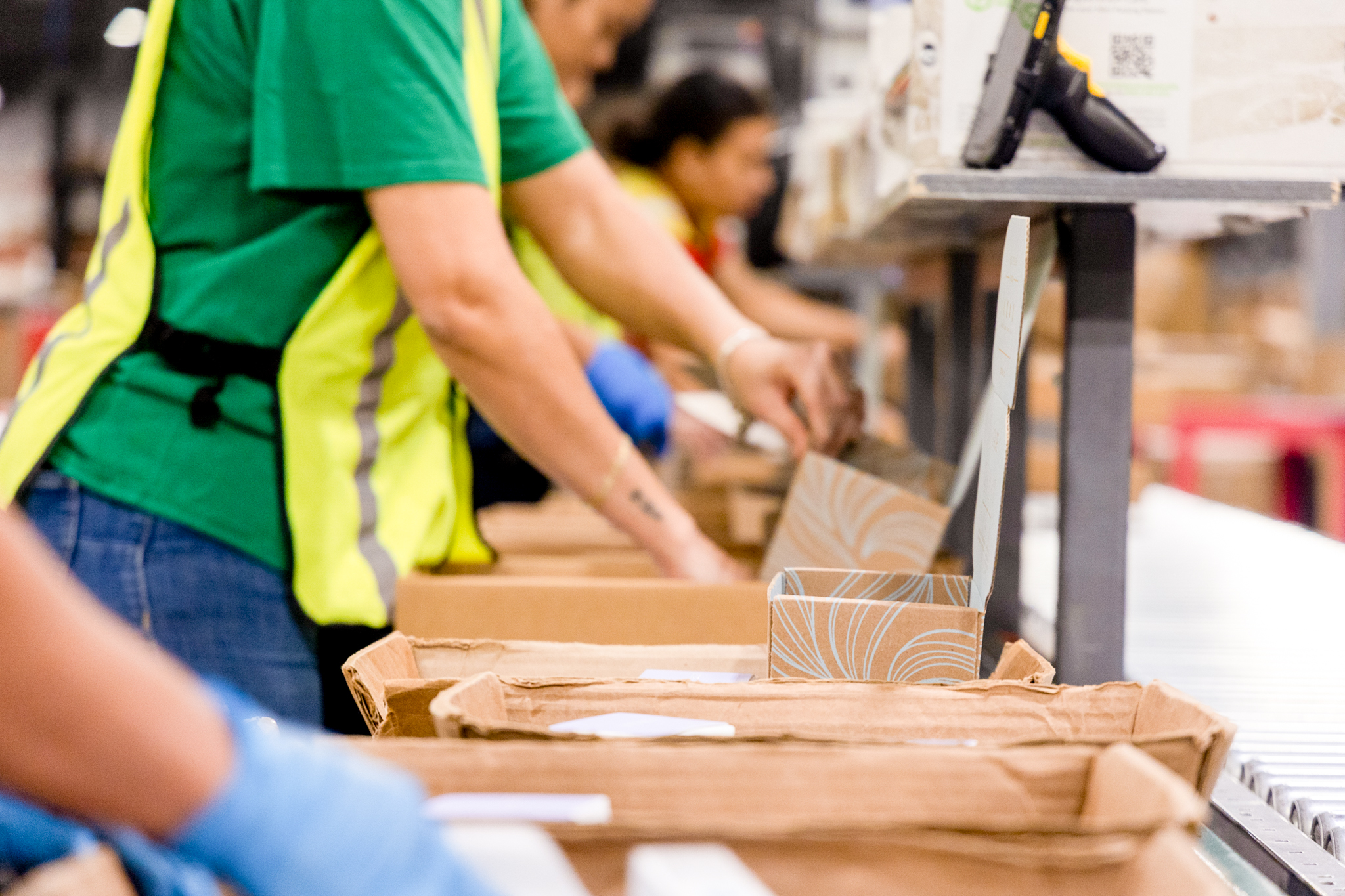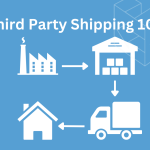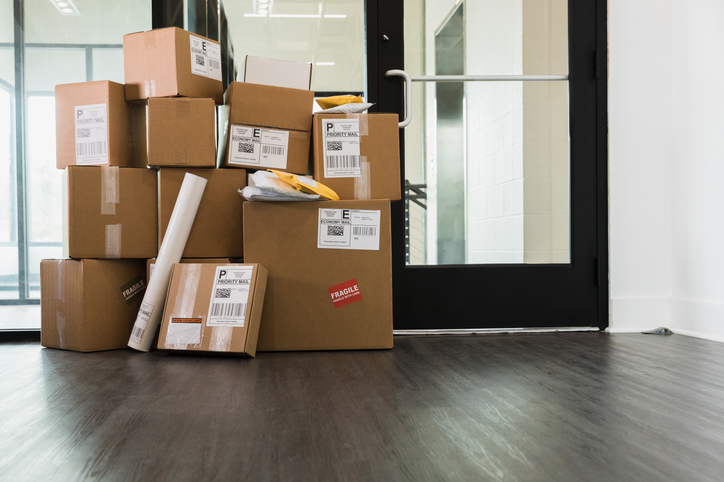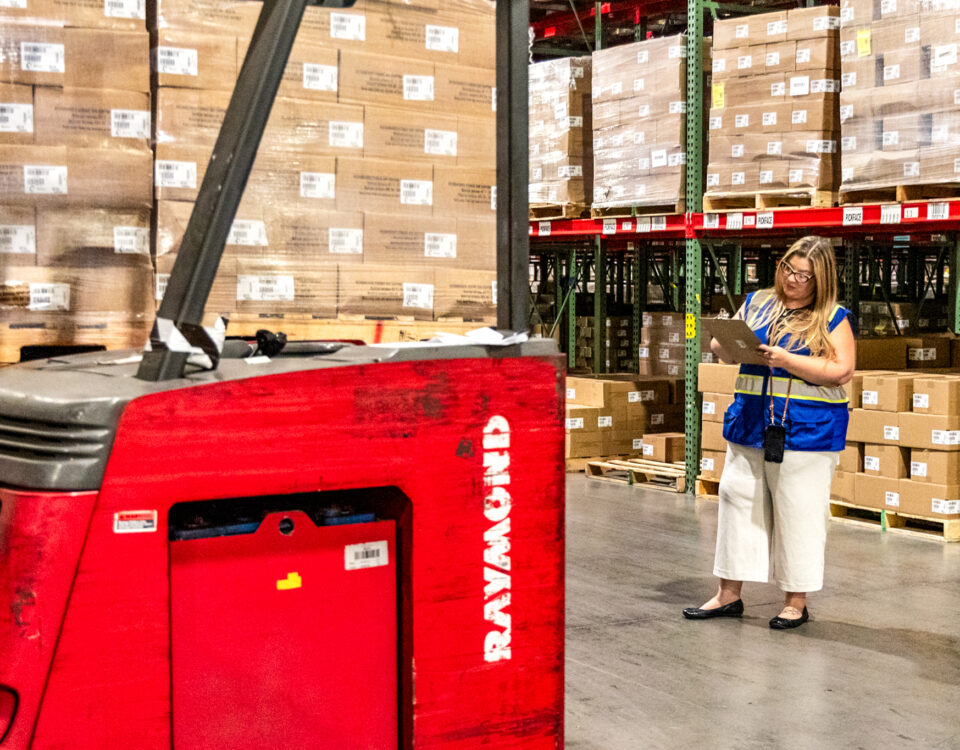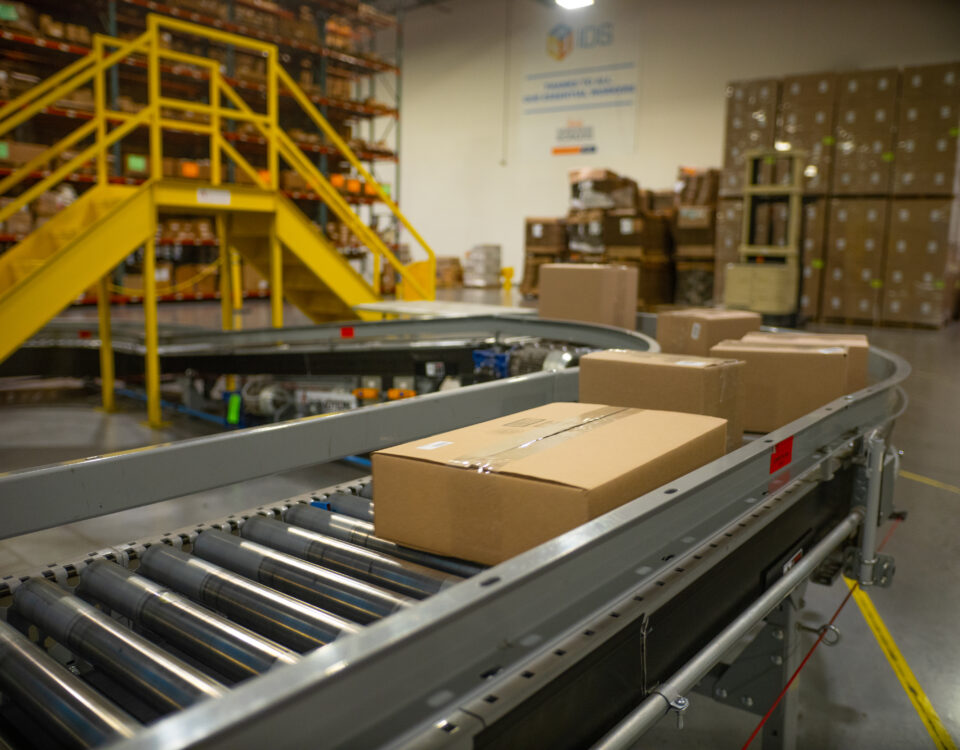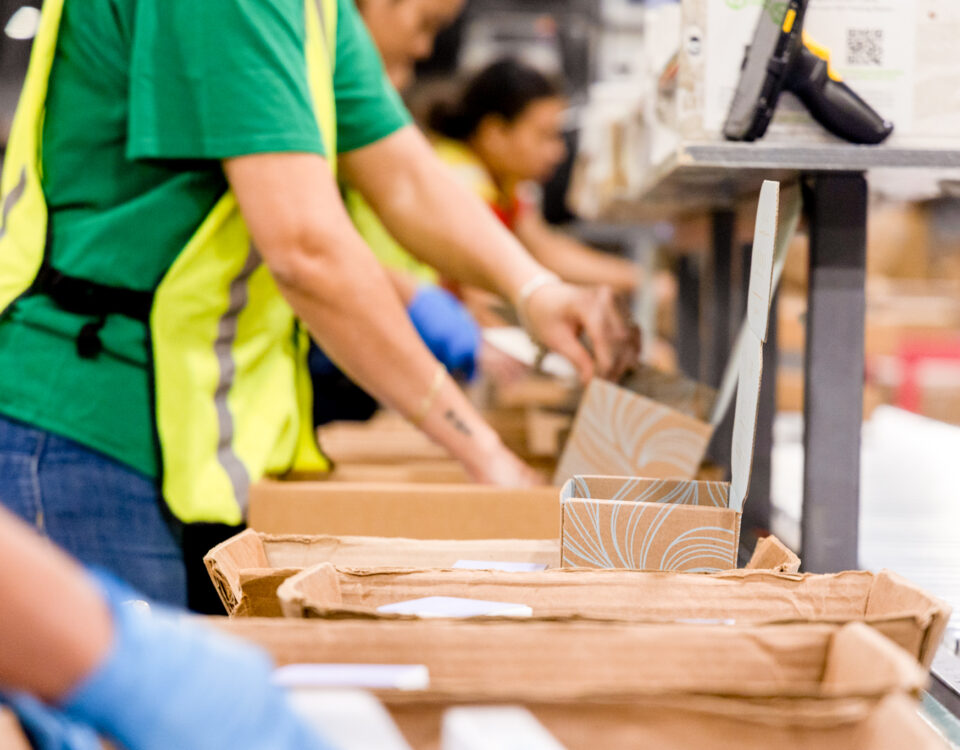First impressions – you never get another one. When someone orders from your business, what is the first physical thing they see from you? Your packaging. You want to make sure your products arrive in the best condition and potentially even with an unboxing experience to convey the quality, value, luxury, etc… of your brand. There are many different approaches to and types of packaging, and truthfully, there is not a right or wrong way, but there is definitely a best way. So let’s take a brief look into the world of shipping packaging, explore our options and try to figure out what could work best for your business!
Types of Shipping Packaging
Corrugated Boxes – By far, corrugated boxes (aka Cardboard boxes) are the most common form of packaging. Corrugated boxes come in and can be ordered in a wide variety of combinations, including size, strength, and durability. Corrugated can be most easily identified by its layers. There are usually three layers, the inner and outer lining and the middle fluted material. However, some corrugated options stray from the three layers and have more or fewer layers changing the durability and strength of the boxes. Unless you are shipping or storing durable goods such as apparel, corrugated boxes typically offer the best value combination to reduce weight and maximize durability.
Polybags – The next most common type of packaging is a polybag. Polybags are made of polymer plastic sheeting, stretched to form a pocket. Similar to corrugated, there are many variants of polybags, including sizes, methods of sealing, thickness, and more. The thickness and type of material contribute to the durability of the polybag. Methods of sealing polybags range from adhesive, heat or even resealable. Polybags offer a combination of value through their lightweight and inexpensive cost, using actual weight v. dimensional weight. Polybags work best with durable materials that are unlikely to be damaged during shipping, like items that come in durable individual packaging or cannot be crushed.
Bubble Mailer – A near cousin of the polybag, bubble mailers use a similar design to the polybag, except this time with bubble lining. Materials typically are either poly material, cardboard or paper. These mailers are best used to provide extra protection but will not protect fragile items such as glass or food. Through lightweight, offering more protection, and being more expensive compared to regular polybags, Bubble Mailers are good options if you are shipping durable items you want to reduce the risk of scratching.
Others – Rigid, plastic, paperboard, chipboard, metals, woven, wood, and other materials also play a less common role in shipping and are typically associated with a specific type of product.
Maximizing Experience Through Your Packaging
So now we know a little bit more about the most common materials used for packaging when shipping, let’s talk about the potential next step – customization and branding!
Creating a custom unboxing experience can be a great way to bridge the gap between your digital and physical presence. This could include branding/logos, marketing verbiage, or more! Using packaging as a way to maintain and even rejuvenate the excitement felt when originally placing the order can be a great way to make keep customers coming back! However, customized packaging does come at a cost. Well, two. Monetary, as custom packaging is more expensive, but also the risk of theft.
Some businesses choose to use discreet packaging, which does not have customization on the outside of the box. We have also seen other companies which maintain discrete packaging on the outside but add custom printing on the inside of the box, typically on the flaps. These options tend to be cheaper, savings money on associated shipping costs while also reducing the risk of porch pirating by those who would be able to more easily differentiate your product from others due to branding on the outside of the box. Brands that wish to maintain their unboxing experience while also hoping to negate the porch pirating problem can use deceptive packaging. Creating deceptive packaging can be as simple as creating custom branding for a less desirable product. Just be sure to explain the packaging in an email or custom insert to help relieve any confusion!
If you are looking for ways to bring your fulfillment to the next level, contact IDS Fulfillment today! We have proven experience providing personalized fulfillment services for fast-growing, brand-focused companies letting them worry less about their logistics and care more for growing their business!



